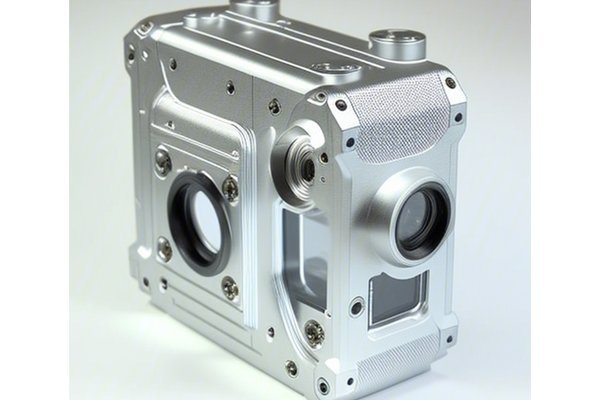Have you ever wondered how precision machining plays a crucial role in the modern manufacturing industry? In 2024, the demand for high-dimensional accuracy in CNC (Computer Numerical Control) processing is more important than ever. According to recent studies, up to 30% of production costs can be attributed to errors in machining processes. This staggering statistic underlines the critical need for manufacturers to evaluate how CNC processing affects material dimensional accuracy. In this in-depth blog post, we’ll explore ways to assess this impact, outline key influencing factors, and provide specific strategies to optimize machining accuracy.
Understanding CNC Processing and Dimensional Accuracy
CNC machining refers to the automated process of controlling machining tools via computer systems. This technology has revolutionized manufacturing through enhanced precision, efficiency, and flexibility. Dimensional accuracy is defined as the degree to which the physical dimensions of a manufactured part conform to its specified values. Any deviation can result in additional costs for rework, material waste, downtime, or even part rejection.
Several factors influence dimensional accuracy, including:
Evaluating the Impact of CNC Processing on Dimensional Accuracy
Step 1: Identify Key Performance Indicators (KPIs)
Before diving into the evaluation of machining impacts, it is essential to identify KPIs that can help measure dimensional accuracy effectively. Common KPIs include:
Step 2: Conduct Material Analysis
Understanding the mechanical properties of the materials being machined will shed light on how they might behave under machining conditions:
Step 3: Optimize Tooling Choices
The selection of machining tools plays a significant role in the final product’s dimensional accuracy. Here are some considerations:

Step 4: Monitor and Control Machine Setup
Machine calibration and proper setup are vital for ensuring dimensional accuracy:
Step 5: Implement Process Monitoring Techniques
Real-time monitoring techniques can facilitate immediate response to any issues during machining:
Step 6: Conduct Post-Machining Inspection
After machining, performing thorough inspections is crucial to evaluate the impact on dimensional accuracy:
Strategies for Optimization
Technology Integration
Incorporating advanced technologies like Artificial Intelligence (AI) and Machine Learning (ML) can enable manufacturers to predict, analyze, and optimize machining processes, leading to enhanced dimensional accuracy.
Operator Training
Training operators on best practices and the importance of maintaining machine precision can significantly impact overall quality. Skilled operators are more likely to notice issues early on and adjust accordingly.
Regular Maintenance
Regular maintenance of CNC machinery will ensure that equipment remains in peak condition, reducing the chances of inaccuracies caused by wear and tear.
Data Analysis
Collecting and analyzing process data can lead to improved strategies for dimensional accuracy. Look for patterns in machining errors and use these insights to adjust parameters and processes dynamically.
Evaluating the impact of CNC processing on material dimensional accuracy is not just a technical endeavor—it’s a fundamental necessity for boosting manufacturing efficiency and minimizing costs. By understanding critical factors, employing meticulous analysis methods, and utilizing advanced technologies, manufacturers can dramatically enhance their production processes.
This blog highlights several techniques and strategies worth considering in your CNC operations as we move further into






